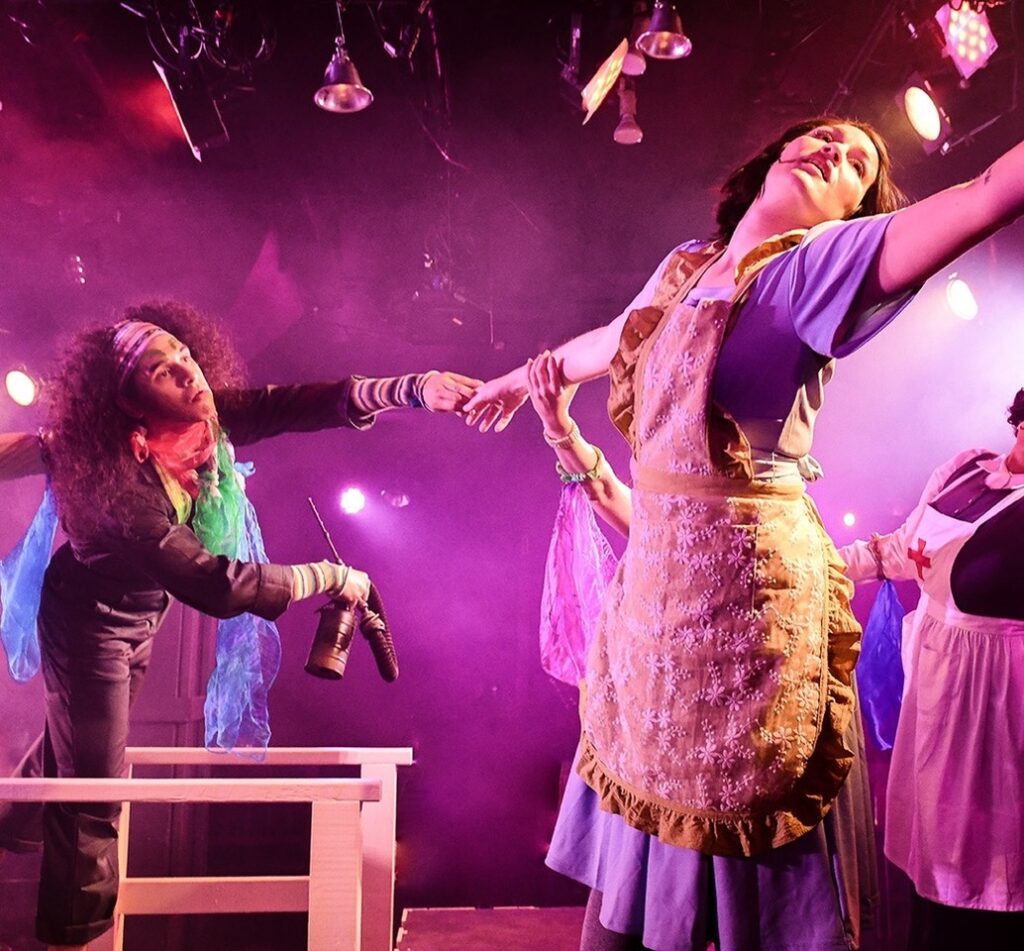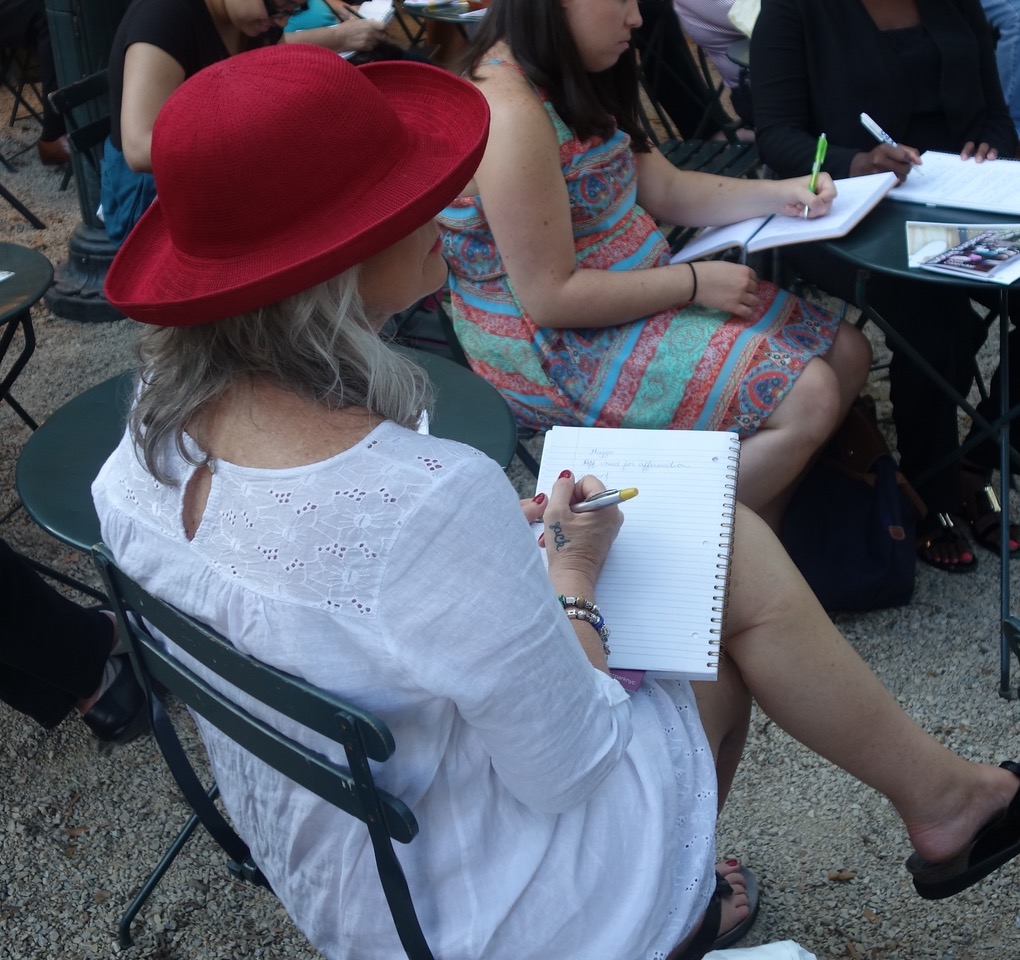
Hey, this is part of a series on writers who kicked down a metaphorical door with their writing. Like Marie Curie with science and Little Richard with music.
Some years ago, I hired a Screenwriting teacher for Gotham who turned out to be great in the classroom and also one of the nicest people I’ve worked with. She had to leave for a while to help a film school friend write an animated Disney movie, Wreck-It Ralph.
She planned to return to teaching in NYC when the Hollywood gig was done—she really missed it—but then they got her co-writing and co-directing a new project, Frozen. She assured me she’d be back soon as she wrapped up her work on that movie.
Ha, ha.
Her name is Jennifer Lee, and she’s now the Chief Creative Officer of Disney Animation.
Disney had been kicking around ways to adapt the Hans Christian Andersen story The Snow Queen for decades, but the project didn’t come into its current form until Lee jumped on the sled. She freely adapted the Andersen story, and, more importantly, she redrew the paradigm for a Disney princess, while also becoming the first woman to direct an animated Disney feature.
Instead of the focus on romance, Frozen revolves around the relationship between two sisters (both princesses) with romance being only a side feature. The younger sister, Anna, craves romance, but discovers her true love is with her sister, Elsa. And Elsa, showing no interest in romance, is wrestling with her innate power to turn things to ice, which is massively destructive until she learns to embrace the power, to let go of the fear, which allows her to control her icy talent rather than allowing it to control her.
And control it she does, with super-cool deftness and style. Which includes a glamorous hair and wardrobe makeover in shimmery ice-like tones. And an ice castle to kill for.
The impact of Frozen was like an avalanche. It became the highest grossing animated film of all time, and since its release over a decade ago, you can’t go far without seeing little girls (and many boys) dressed in Elsa gowns and feeling a semblance of that Elsa power.
I can’t think of any character before or since that has inspired that kind of confidence in kids on that profound a scale. My daughter was certainly an Elsa acolyte—she didn’t merely watch Frozen, she lived it—and now she’s moved on to another glamorous woman showering girls with empowerment: Taylor Swift.
And we might soon have a woman as president in the US.
Did Jennifer Lee have anything to do with that? Maybe so.

Alex Steele,
Gotham President






